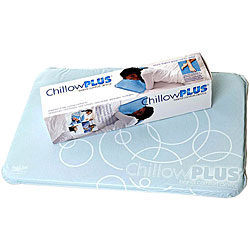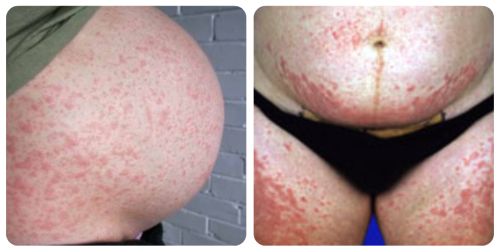"Constantly in search of the holy grail – sleep"
That's a description of me from my twitter bio, and two years after writing those fateful words they remain just as true.
Now don't get me wrong, I am far from incapable of falling, or staying, asleep. In fact, I'm naturally gifted at making myself go to sleep in most sedentary situations; on a train, on the sofa, in the car (not driving!), on the beach, you get the picture. Therefore the problem doesn't really lie in not being able to sleep, it's more about staying asleep once I've drifted off on that cloud.
Someone is determined to prevent me from having a full night's sleep. And he's about three and a half foot tall.
Although, to be fair to him he is not the only reason that I don't sleep as well as I used to; I also get incredibly hot in bed, very easily. We tend to counter this by having the window open throughout the year, and even in the depths of Winter use only a 7.5tog duvet. Still this doesn't always help.
Silentnight has carried out research which shows that 75% of adults are not getting a good night's sleep. I would hazard a guess that probably 60% of that group of people are parents and therefore have a small human interrupting their REM cycle on their behalf, but that does leave a whole group of people who sleep badly 'naturally'.
With the issue of my body temperature in mind, Silent Night sent me a 'Chillow Plus' to try out and to share my conclusions after a week.

The Chillow is a clever, albeit slightly bizarre concept. The pad measure slightly smaller than an average pillow and is designed to be slipped inside a pillowcase over the top of a conventional pillow, the Chillow Plus has velcro pads inside to hold it in place and prevent slippage during the night. Inside the plastic outer casing (the 'Hydro-soothe' membrane) is a Soothsoft® pad which uses 'specialised materials, fluids and laws of thermodynamics that creates a dry, powerless, thermo-regulating and memory foam effect'. It's basically a squidgy foam pad, but a bit more complicated.
To activate the cooling aspect of the Chillow you need to add 4 pints of warm tap water through the valve, reseal it and leave it to soak up the water and do its stuff for four hours. Once this has happened, then you need to remove the seal and roll it back up to push out any excess air. The Chillow is then ready for use. It works by absorbing body heat continually and then discharging the absorbed heat back to the surrounding environment. Strangely (and unlike a gel pack which needs refridgerating) it almost always feels cool as the user's body is is always warmer than the Chillow.
I've used the Chillow now for a week and has been extremely useful in cooling me down in a variety of situations, not just my head, and not just as night. I had a horrendous headache this morning and a lie down on the chillow for ten minutes really helped alleviate the pressure and fogginess. While the Chillow has been useful at night to lay my head on, it's actually been my feet that have benefitted most as they do tend to be excrutiatingly hot and painful at bedtime.
I only wish that I had owned this cooling pad during the last trimester of my pregnancy with The Boy when I suffered horrendously with Polymorphic Eruption of Pregnancy. I spent the final two months of pregnancy in absolute agony and crying; I was exhausted from a complete lack of sleep. At night, I had to sleep under a single sheet with ice packs against the part of my body that was in contact with the mattress because the increased heat made the rash worse. These ice-packs were exchanged ever hour or so for another one straight from the freezer. Only when I was freezing cold could I sleep. Having a Chillow would have seriously enabled my ability to sleep.
Thumbs up for the device which cools me down and allows me to sleep? Definitely!
I was sent this product for the purpose of this review, my opinion is honest and unbiased.


